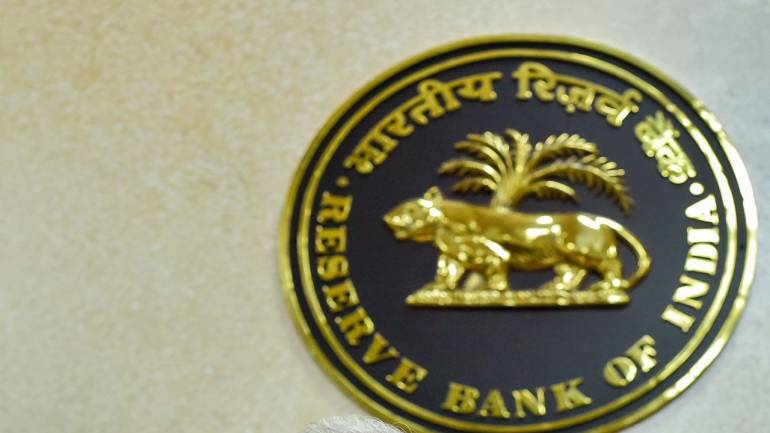Rate cut is a given, but will it salvage the growth slowdown?
Also, inflation remains benign. The latest CPI (consumer price index) print for April continues to remain well below 3 percent and interestingly, core inflation that stayed stubbornly high for long has fallen to an 18-month low of 4.5 percent.
The global backdrop has turned conducive and is hinting at softer commodity prices. With heightened trade tensions between the two largest economies, commodity prices have headed down and are likely to remain benign as the global growth forecast has been revised down due to trade disruptions.
But the joker in the inflation pack could be a sub-optimal monsoon and its likely impact on food prices. An expansionary fiscal policy in the Budget -- the government announcing too many giveaways to put more money in the hands of the people -- that sends the fiscal deficit target haywire could be potentially inflationary as well.
As of now, since inflation is not haunting the RBI, it is reasonable to assume that the central bank will be willing to do what it takes to lift the economy out of a deepening slowdown.
Recent data are all pointing to the gravity of the slowdown. First, auto numbers had slid into the slow lane. This was followed by the negative index of industrial production (IIP) data that showed a slowdown in consumption and investment. Volume numbers released by FMCG companies in their quarterly reports highlighted that the slowdown is not confined to discretionary spending, but is now affecting staples as well. Finally, the Q4 FY19 GDP print at a 5-year low of 5.8 percent is a result of the slowdown seen across sectors and industries.
The new government has a challenging and urgent task of reviving growth and the classical tools available are fiscal (spend more) or monetary (reduce interest rates).
No doubt, the former would be deployed as well. But given the fiscal constraints, aggravated by a tax collection shortfall (mainly GST), the headroom to spend aggressively is limited. So, all eyes are on the RBI to lower rates and change its stance from “neutral” to “accommodative”, given the gravity of the situation.
The RBI has already reduced rates by 50 basis points in its previous two policy meetings and a rate action this time is nearly certain. But lower policy rates do not necessarily translate into lower cost of borrowings due to an ineffective transmission mechanism.
For long, banks were saddled with bad assets which thwarted their ability to reduce lending rates. While the incremental formation of NPAs is waning, a slowing economy means that the risk of NPA uptrend looms large although the quantum of an increase may be much lower.

Source: RBI
Of greater concern from the policy perspective is the rather tardy growth in deposits. The latest data suggest that the YoY growth in deposits at 10 percent still lags the YoY credit growth of 13 percent and the credit to deposit ratio remains at an elevated level of 78 percent. Most banks are in a mad race to garner deposits and are not in a position to reduce interest rates despite the fact that mutual fund fixed income instruments have become much more risky in recent times due to spate of credit downgrades post the IL&FS fiasco.
To understand this rather puzzling development, we took a closer look at the macro savings data. In the past five years, overall savings have declined – gross domestic savings to GDP declined from 32.1 percent in FY14 to 30.5 percent at the end of FY18. Household savings that form bulk of the domestic savings (close to 56 percent) had a sharper decline, from 20.3 percent to 17.2 percent.
The decline in physical savings from 13 percent to 10 percent perhaps affected the housing sector and supported consumption on the margin. But the overall decline in income had an impact on the net financial savings of households, which declined from 7.4 percent to 6.6 percent during these five years although the share of gross financial savings remained more or less at the same level of 10.9 percent. The decline in the household savings rate is limiting the accretion to bank deposits and affecting the ability of banks to lower rates.
The high level of overall deficit also acts as a deterrent to smoother interest rate transmission. It remains to be seen how the RBI and the government address these structural longer-term issues that are affecting the cost of money while getting down to the more immediate task of pump-priming the economy with rate cuts.














